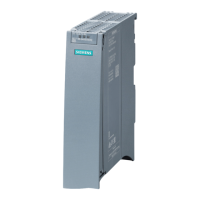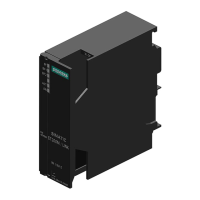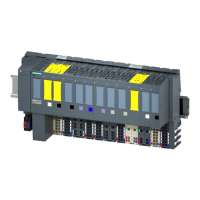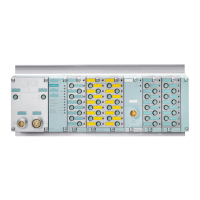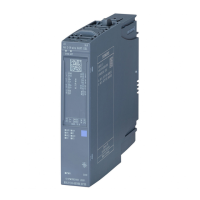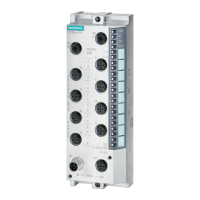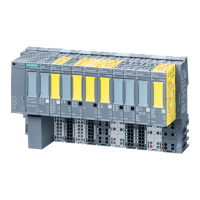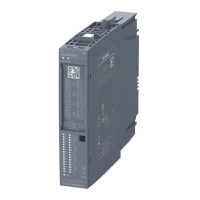Glossary
Automation system
System Manual, 01/2023, A5E03461182-AK
379
SNMP
SNMP (Simple Network Management Protocol) is the standardized protocol for performing
diagnostics on and assigning parameters to the Ethernet network infrastructure.
In the office setting and in automation engineering, devices from a wide range of vendors on
the Ethernet support SNMP.
SNMP-based applications can be operated on the same network in parallel to applications
with PROFINET.
The scope of supported functions varies depending on the device type. For example a switch
has more functions than a CP 1616.
Switch
PROFIBUS is a linear network. The communication nodes are linked by means of a passive
cable - the bus.
By contrast, Industrial Ethernet consists of point-to-point connections: Each communication
node is directly connected to exactly one communication node.
If a communication node is linked to several communication nodes, this communication node
is connected to the port of an active network component - the switch. Additional
communication nodes (including switches) can now be connected to the other ports of the
switch. The connection between a communication node and the switch remains a point-to-
point connection.
A switch thus has the task of regenerating and distributing received signals. The switch
"learns" the Ethernet address(es) of a connected PROFINET device or additional switches and
only forwards those signals that are intended for the connected PROFINET device or switch.
A switch has a specific number of connections (ports). You connect at most one PROFINET
device or additional switch to each port.
System power supply
Consists of the integrated system power supply of the CPU/interface module and additional
power supplies (PS), if necessary. The system power supply serves exclusively to supply the
I/O modules via the backplane bus.
Technology object
A technology object supports you in the configuration and commissioning of a technological
function.
The properties of real objects are represented by technology objects in the controller. Real
objects can be, for example, controlled systems or drives.
The technology object contains all data of the real object required for its open-loop or closed-
loop control, and it signals back status information.
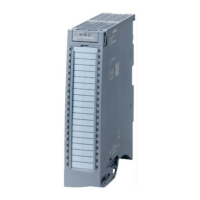
